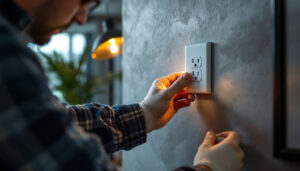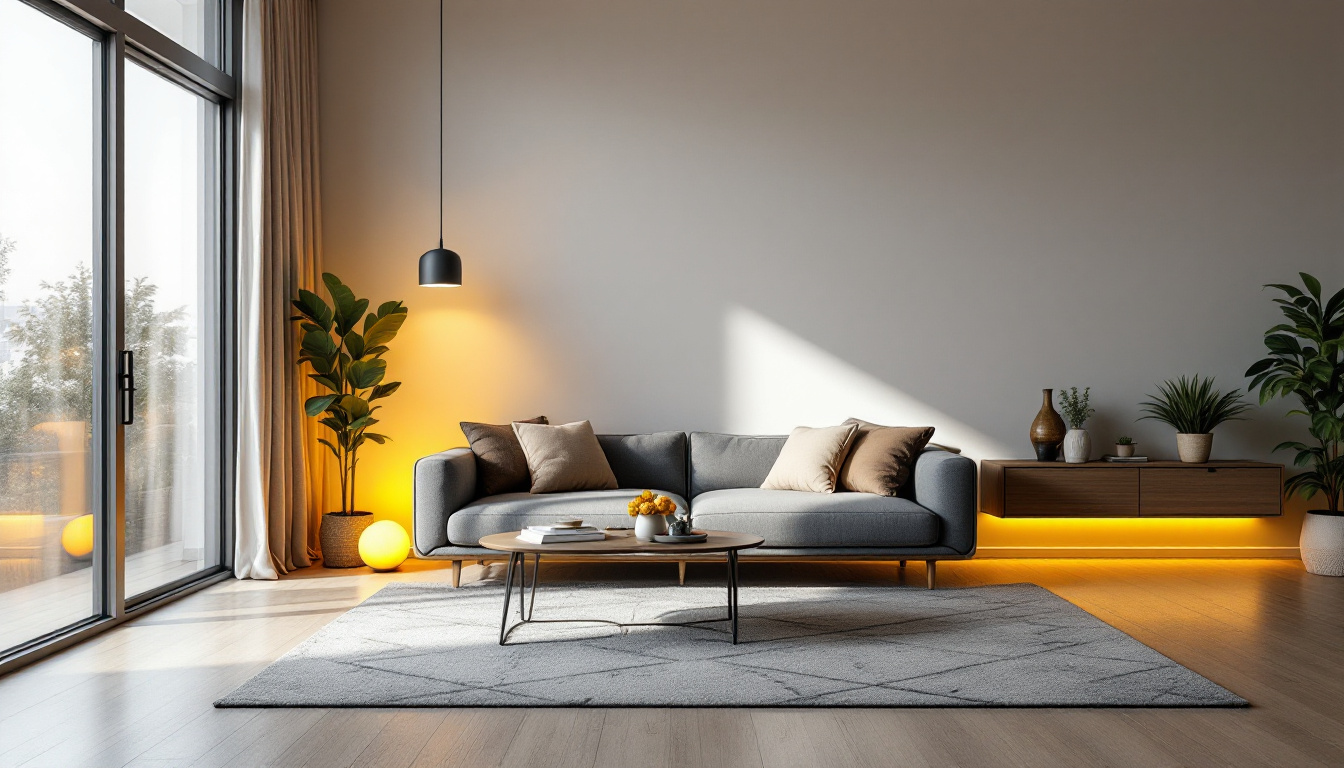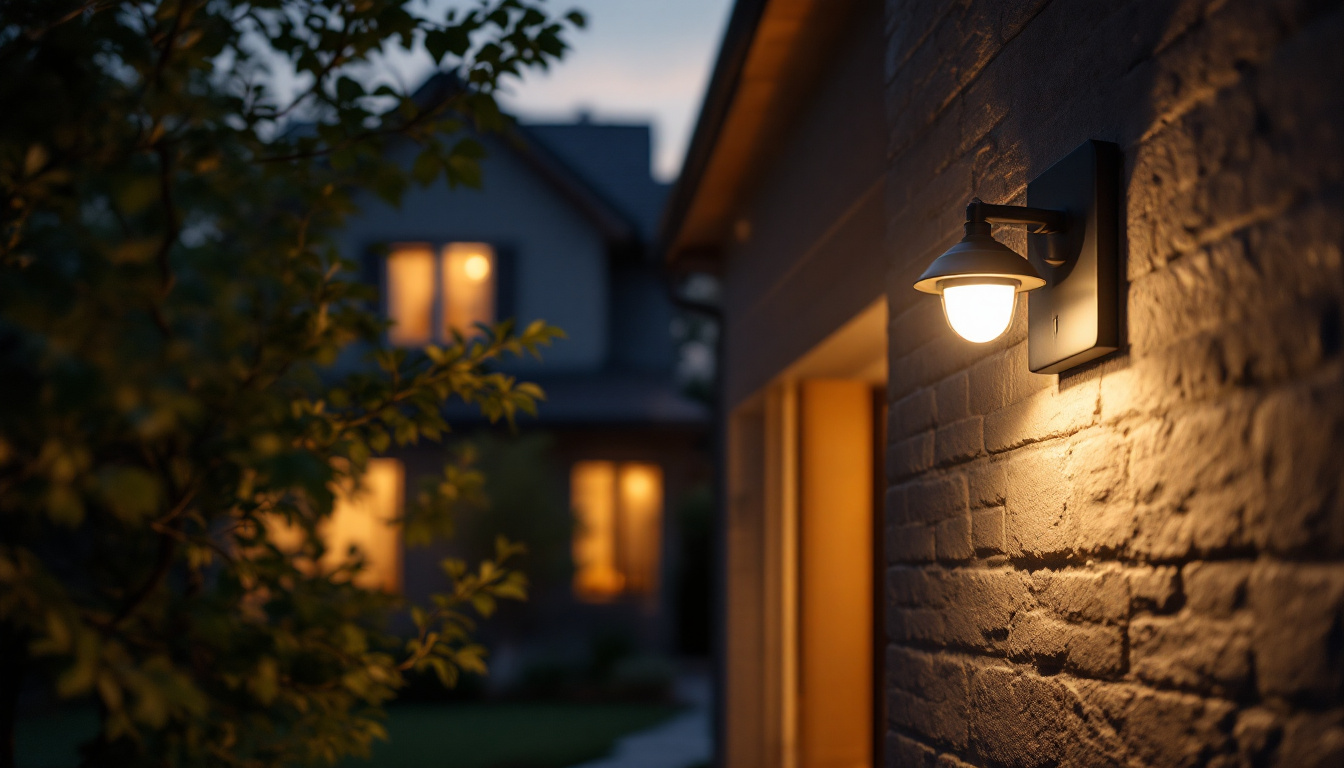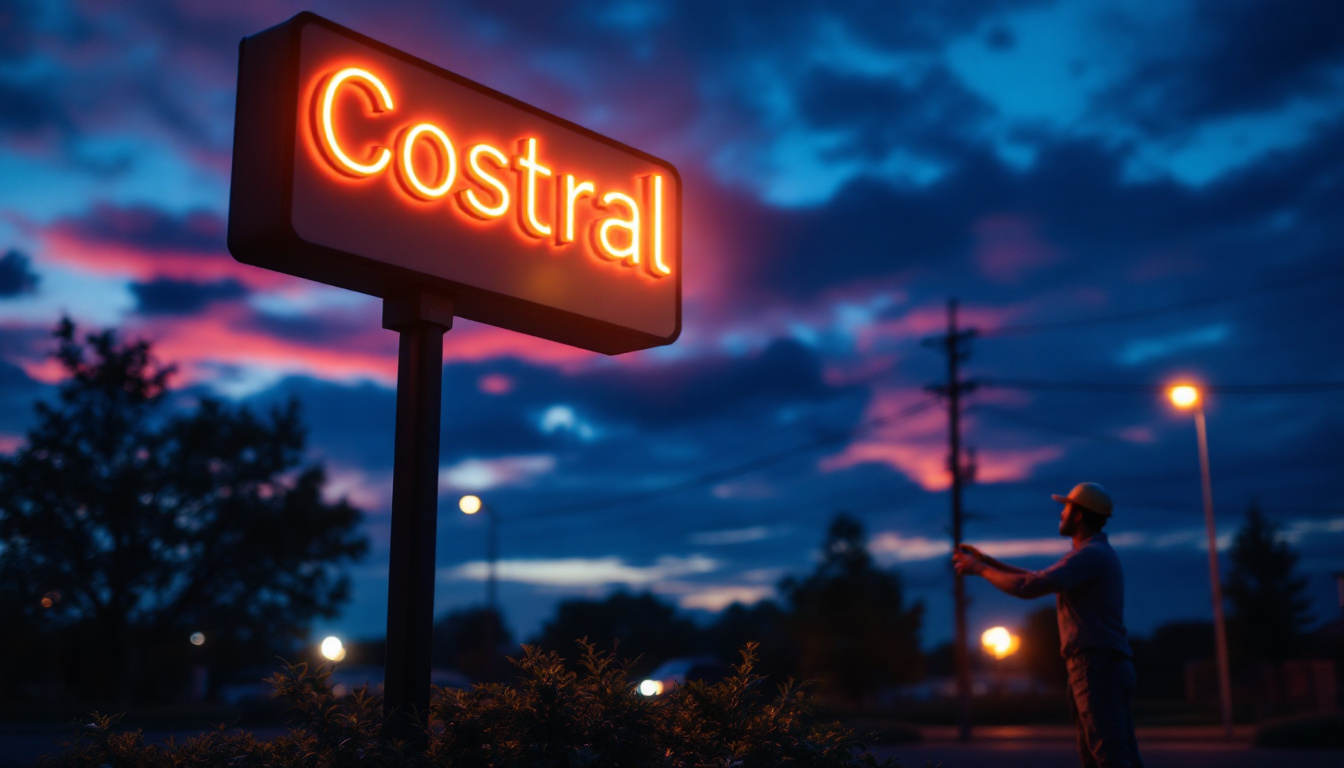

In the ever-evolving world of lighting design, the shift from traditional can lighting to more innovative solutions has become increasingly significant. As technology advances and consumer preferences change, lighting contractors must stay informed about these trends to remain competitive and meet the demands of their clients. This article explores the reasons behind the growing importance of replacing can lighting, the benefits of modern alternatives, and the impact on the lighting industry.
Can lighting, or recessed lighting, has long been a staple in residential and commercial spaces. However, the limitations of this type of lighting have prompted a reevaluation of its role in modern design. While can lights offer a sleek, unobtrusive look, they often fall short in terms of energy efficiency, flexibility, and overall performance.
As consumers become more environmentally conscious and seek to reduce their energy consumption, the demand for more efficient lighting solutions has surged. This shift has opened the door to a variety of alternatives that not only enhance aesthetic appeal but also provide better functionality.
One of the primary drivers behind the movement away from can lighting is the push for energy efficiency. Traditional incandescent bulbs used in can fixtures consume a significant amount of energy, contributing to higher utility bills and a larger carbon footprint. In contrast, modern LED options offer a more sustainable solution, using up to 80% less energy while providing the same level of brightness.
Moreover, LEDs have a longer lifespan, reducing the frequency of replacements and the associated waste. This longevity not only benefits the environment but also appeals to cost-conscious consumers who are looking to invest in lighting solutions that will stand the test of time. Furthermore, many manufacturers are now focusing on producing LED lights with recyclable materials, further enhancing their sustainability profile and aligning with the growing trend of eco-friendly home improvements.
Replacing can lighting with more versatile options allows for greater flexibility in design. Modern lighting solutions, such as track lighting, pendant lights, and smart lighting systems, can be tailored to fit specific spaces and aesthetic preferences. This adaptability enables contractors to create unique atmospheres that enhance the overall experience of a room.
Additionally, many of these alternatives offer adjustable features, such as dimming capabilities and color temperature control, allowing users to customize their lighting according to their needs and preferences. This level of control is particularly appealing in spaces where ambiance plays a crucial role, such as restaurants, retail stores, and residential living areas. For instance, a restaurant might opt for warmer tones during dinner service to create a cozy atmosphere, while brighter, cooler lighting could be used during brunch hours to energize the space. The ability to manipulate lighting not only enhances the aesthetic but can also influence mood and behavior, making it a powerful tool in design.
Moreover, the integration of smart technology into modern lighting solutions has revolutionized the way we interact with our environments. Smart lighting systems can be programmed to adjust automatically based on the time of day or occupancy, ensuring that spaces are always well-lit when needed while conserving energy when they are not in use. This innovation not only adds convenience but also aligns with the growing trend of home automation, where everything from temperature to security is managed through interconnected devices.
The integration of technology into lighting solutions has revolutionized the industry. Smart lighting systems, which can be controlled via smartphones or voice-activated devices, are gaining popularity among consumers. These systems not only offer convenience but also allow for enhanced energy management, as users can easily monitor and adjust their lighting usage.
Furthermore, advancements in lighting design have led to the development of fixtures that incorporate smart technology without sacrificing aesthetics. This combination of form and function has made it easier for contractors to recommend modern solutions that align with the preferences of their clients.
Smart lighting systems provide a range of benefits that extend beyond mere convenience. For instance, they can be programmed to adjust automatically based on the time of day or occupancy, ensuring that energy is not wasted when spaces are unoccupied. This feature is particularly valuable in commercial settings, where lighting can account for a significant portion of operational costs.
Moreover, smart lighting can enhance security by allowing homeowners to simulate occupancy while they are away, deterring potential intruders. As the demand for smart home technology continues to grow, contractors who can offer these solutions will be well-positioned to attract a broader client base.
The ability to integrate lighting with other smart home technologies further enhances its appeal. For example, lighting systems can be synchronized with smart thermostats, security systems, and even entertainment systems, creating a cohesive and user-friendly environment. This level of integration not only simplifies the user experience but also promotes energy efficiency across multiple systems.
As lighting contractors, understanding these integrations can provide a competitive edge. Clients are increasingly looking for comprehensive solutions that encompass all aspects of their home or business, and being able to offer integrated lighting options can set a contractor apart from the competition.
Beyond functionality and efficiency, the aesthetic appeal of lighting plays a crucial role in its selection. Can lighting, while practical, often lacks the visual interest that many modern alternatives can provide. The rise of decorative fixtures, such as chandeliers, wall sconces, and artistic pendant lights, has transformed the way spaces are illuminated.
These fixtures not only serve as sources of light but also as focal points that enhance the overall design of a room. By replacing can lighting with more visually engaging options, contractors can help clients achieve a more polished and sophisticated look.
Strategically placed lighting can draw attention to specific areas or features within a space, such as artwork, architectural details, or landscaping. This ability to create focal points is particularly valuable in both residential and commercial design, where the goal is often to create an inviting and engaging atmosphere.
For instance, using pendant lights over a kitchen island not only provides functional lighting but also adds a design element that can tie the entire space together. By understanding how to use lighting as a design tool, contractors can elevate their projects and meet the evolving expectations of their clients.
The trends in decorative lighting are constantly evolving, with styles ranging from minimalist and industrial to ornate and vintage. Staying informed about these trends allows contractors to offer clients the latest options that align with their personal tastes and the overall design of their spaces.
For example, the resurgence of mid-century modern design has led to a renewed interest in retro-inspired fixtures, while the rise of biophilic design emphasizes the use of natural materials and organic shapes. By incorporating these trends into their offerings, contractors can position themselves as knowledgeable and forward-thinking professionals in the lighting industry.
The growing importance of replacing can lighting is not just a trend; it signifies a broader shift within the lighting industry. As consumers demand more energy-efficient, aesthetically pleasing, and technologically advanced solutions, contractors must adapt to these changes to remain relevant.
This evolution presents both challenges and opportunities. Contractors who embrace modern lighting solutions and stay informed about industry trends will be better equipped to meet the needs of their clients and differentiate themselves in a competitive market.
While the shift away from can lighting presents opportunities, it also poses challenges for lighting contractors. The need for continued education and training on new technologies and products is essential to ensure that contractors can provide the best possible solutions to their clients. Failure to adapt to these changes may result in lost business opportunities and a diminishing reputation in the industry.
Additionally, as the market becomes saturated with various lighting options, contractors must develop effective strategies for showcasing their expertise and unique offerings. This may involve investing in marketing efforts that highlight the benefits of modern lighting solutions and the contractor’s ability to deliver exceptional results.
On the flip side, the growing importance of replacing can lighting opens up numerous opportunities for growth within the lighting industry. Contractors who position themselves as experts in modern lighting solutions can attract a diverse clientele, ranging from homeowners seeking to upgrade their spaces to commercial businesses looking to enhance their environments.
Furthermore, the increasing focus on sustainability and energy efficiency aligns with broader societal trends, allowing contractors to tap into a market that values environmentally responsible practices. By promoting energy-efficient lighting solutions, contractors can not only meet consumer demands but also contribute to a more sustainable future.
The transition away from traditional can lighting is indicative of a larger movement within the lighting industry toward more innovative, efficient, and aesthetically pleasing solutions. For lighting contractors, understanding the importance of this shift is crucial for staying competitive and meeting the evolving needs of clients.
As technology continues to advance and consumer preferences change, the opportunity to replace can lighting with modern alternatives presents a pathway for growth and success. By embracing these changes and positioning themselves as knowledgeable professionals in the field, contractors can thrive in an industry that is constantly evolving.
Ultimately, the future of lighting lies in the ability to adapt, innovate, and create spaces that not only illuminate but inspire. As the lighting industry continues to evolve, those who are willing to embrace new ideas and technologies will be well-equipped to lead the way.
Ready to lead the charge in the lighting industry’s innovative shift? At LumenWholesale, we provide lighting contractors with the high-quality, spec-grade lighting products you need to stay ahead of the curve. Say goodbye to local distributor markups and hello to our unbeatable wholesale prices. Our extensive selection not only meets but exceeds industry standards, ensuring your projects shine with reliability and high performance. Plus, with free shipping on bulk orders, you can trust that you’re getting premium lighting at the best value—no hidden fees, no compromises. Elevate your lighting game and experience the best in wholesale lighting with LumenWholesale.

Discover how hiring professional lighting contractors can transform your home and elevate your business.

Discover why purchasing wafer lighting in bulk from local distributors might not be your best bet.

Discover the factors influencing the average cost of installing outdoor security lights and how lighting contractors can leverage competitive pricing to gain an edge in the market.

Discover essential insights into commercial sign lighting with our comprehensive guide tailored for lighting contractors.
Get notified when NEW deals are released.
Optimize your budget with wholesale discounts.
Only top-quality, specification-grade lighting products.
No additional costs at checkout - what you see is what you pay.
We understand the unique needs of contractors.